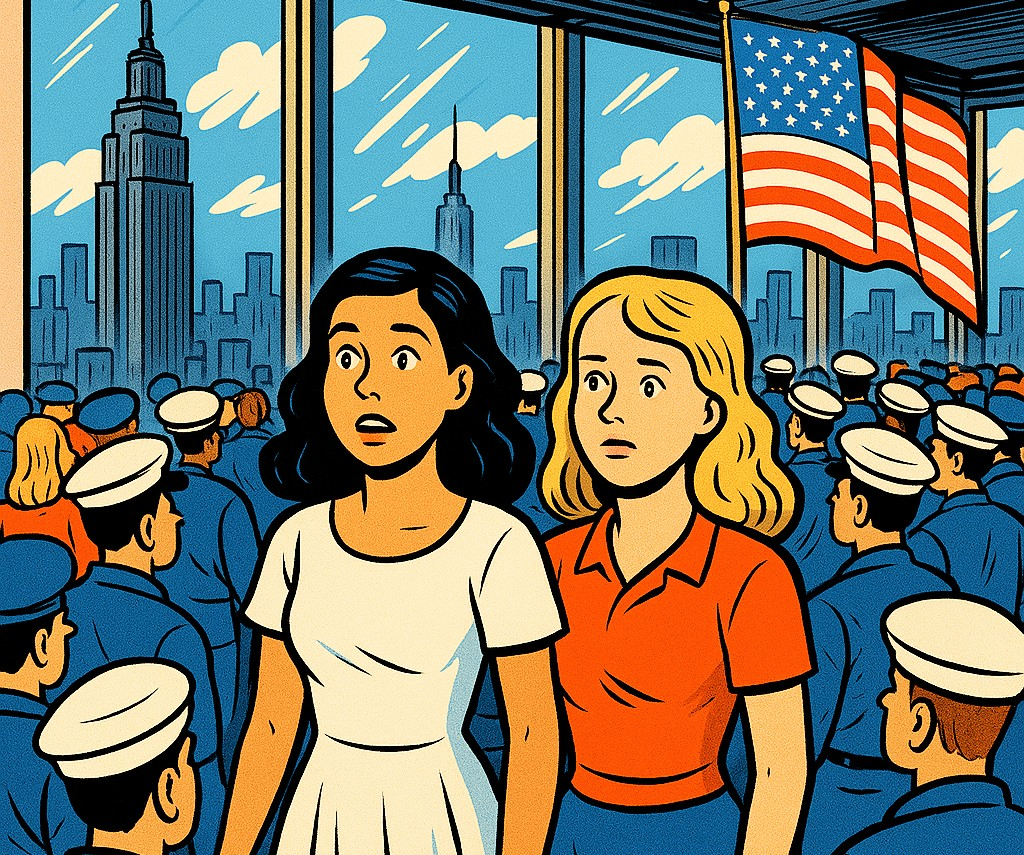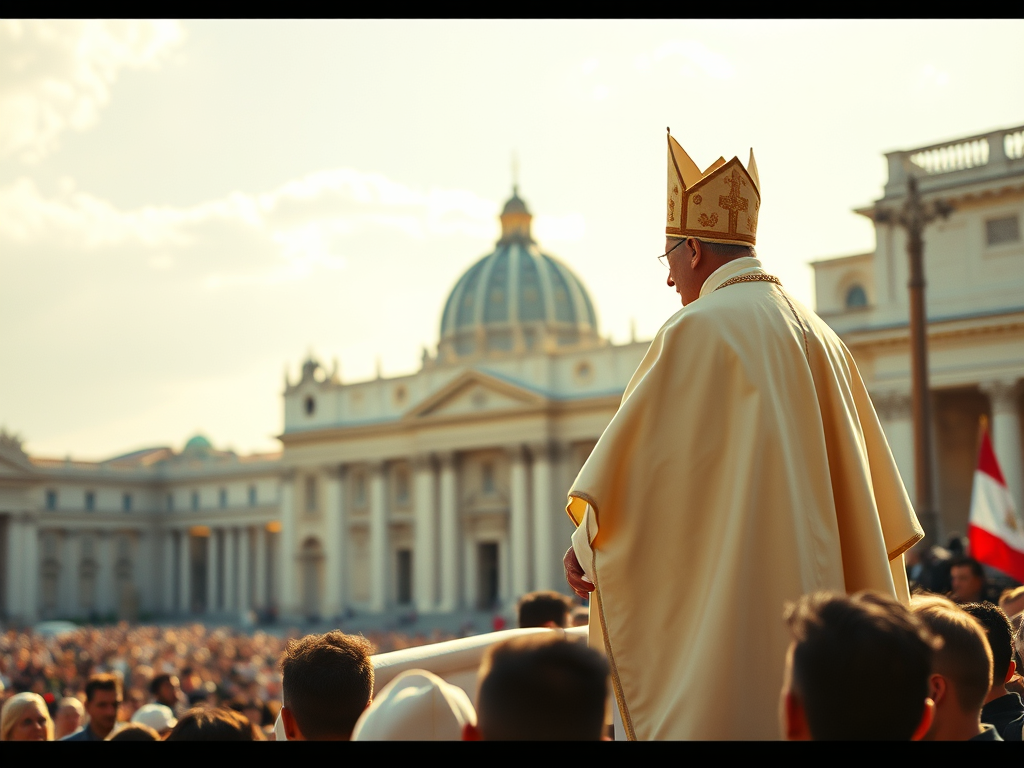On a glorious July day in 2004, I set foot in New York City for the very first time. As someone who grew up in Peru watching American movies, it felt like stepping into a film set. Naturally, the Empire State Building—towering, timeless, and full of Hollywood lore—was my first stop.
The streets buzzed with a melting pot of languages and faces. I remember thinking, —Is it an international holiday today? My cousin and I joined the throng of visitors winding our way into the skyscraper. After an hour’s wait, we finally boarded the elevator to the 86th-floor observatory.
The view impressed me. It was pure cinema! Manhattan stretched out like a living, breathing postcard. My head filled with scenes from every movie that ever immortalized that skyline. The day was perfect. The sky was clean blue, with no clouds.
Then the real movie began.
A wave of crisp white uniforms swept across the observatory deck—sailors, marines, and coastguards! We’d stumbled into Fleet Week: New York’s 17th annual celebration of maritime might. In the commotion, I lost sight of my cousin. Maybe she’d gone up to the 102nd floor? I headed there, hoping to find her in the cozy, glass-walled upper observatory.
She wasn’t there either. But the sailors were—again. No escape via the elevator this time, the crowd was too thick. So I did what any level-headed tourist might do: I found an emergency stairwell and began a cautious descent.
Somewhere between floors, I heard faint noises behind a door. Workers, maybe? I pushed it open.
“Hi!” said a voice. “I’ve been waiting for someone like you!”
It was him.
King Kong!
Large as ever, peeking in from the windows with those massive hands wrapped around the building.
I looked down and gasped—my casual white clothes had transformed into a flowing dress. No… not this cliché. I’m a brunette! But apparently, Kong wasn’t picky about hair color.
“This is your moment, he boomed. Be the actress you always dreamed of. Let’s rewrite my ending—it’s no fun being remembered as the defeated gorilla.”
Part of me melted at his sadness. He missed Skull Island. Broadway lights didn’t suit him. I almost wanted to help… until he gently plucked my leg with a massive finger.
“Tiiiiimbeeer!” I shrieked, channeling every horror movie scream I’d ever heard. “Heeeeelp!”
Suddenly, the door burst open. My savior had arrived.
Popeye!
Yes, that Popeye—the spinach-guzzling, pipe-chomping, anchor-armed cartoon sailor. He scooped me up like I was Olive Oyl herself.
“Where’s Olive?” I stammered.
“She left me for Bluto,” he replied with a sigh. Even in dreams, heartbreak doesn’t take holidays.
Back on the 86th floor, Popeye gently set me down. His pipe still puffed calmly as he asked, “Feeling better now?”
I nodded.
“I’ve gotta return to my ship. We’re headed to the Bahamas next to take on drug dealers.” He winked. “But before I go, I just figured out who you remind me of—”
Just then, my cousin’s voice broke through the crowd. I turned to find her. When I spun back to hear Popeye’s answer, he was gone.
Only the echo of white uniforms and a faint smell of spinach remained.
Grab Luz Marino’s Book, 3 Habits for a Joyful Life: Serve, Grow, Share
Kindle Edition and Paperback formats available at Amazon.


